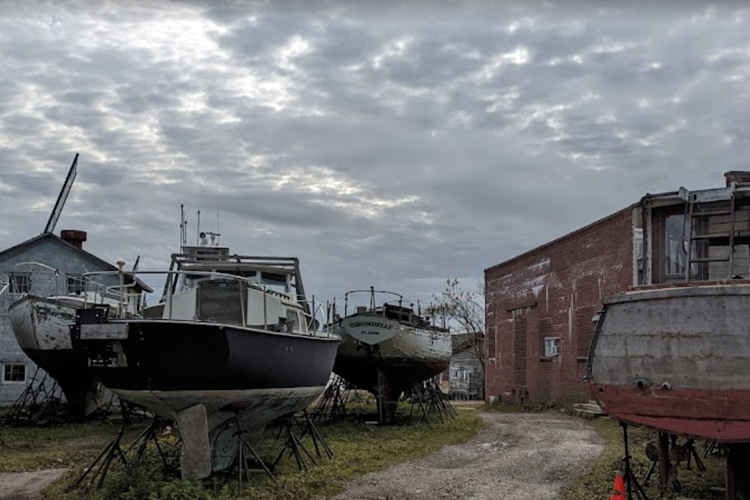Greenport
Get to know Greenport
Greenport is a quaint little town filled with history and warm people. It has 2,082 residents, and it is located in Suffolk County. It sits on the North Fork of Long Island, and you can see the water from most places in town. The vegetation is beautiful, nice weather, and the overall ambiance will make you feel right at home.
Activities for Greenport Residents
There are many activities for people residing in Greenport. You can visit local farms, and beaches, go fishing or enjoy some local cuisine at one of the many restaurants. Spring brings flowers blooming all over town, making for a beautiful scenic walk around the picturesque village. There’s always something exciting for everyone here.
Greenport is popular with families as well as young professionals—it’s an especially great choice for those who want a quiet, peaceful place to raise children and enjoy the outdoors. Although small, Greenport has all necessities for day-to-day life: grocery stores, restaurants, doctors’ offices, and more.
Greenport is fun year-round but comes alive during the summer months. The beaches are full of tourists from across the country who enjoy the summer activities. But when fall arrives, it becomes a quiet retreat once again.
We believe everyone should be able to live somewhere they love. Especially, in a town with great companies such as Zavza Seal that offer insulation and waterproofing services to keep your home up and running.
Nearby Neighborhoods:
Greenport History & Culture

